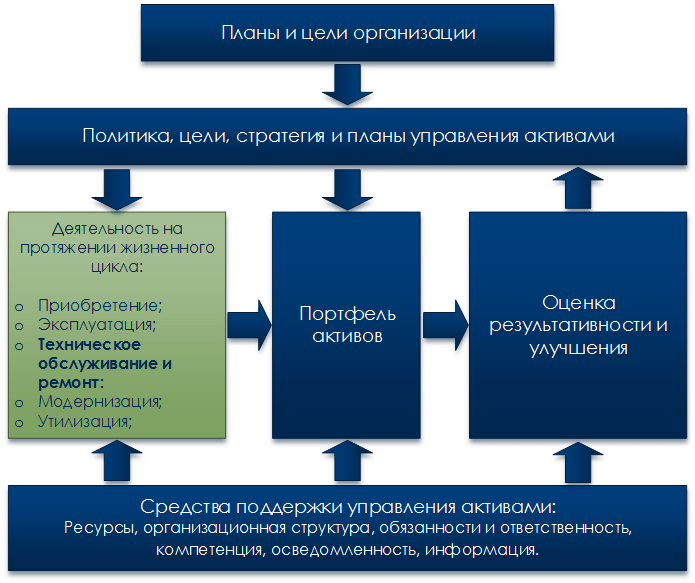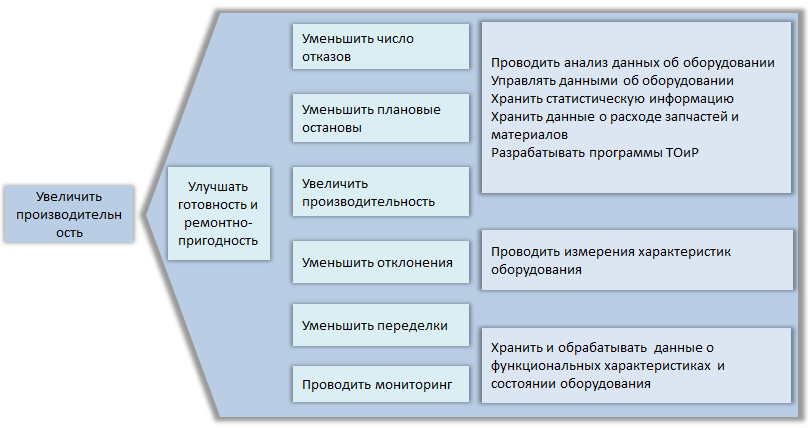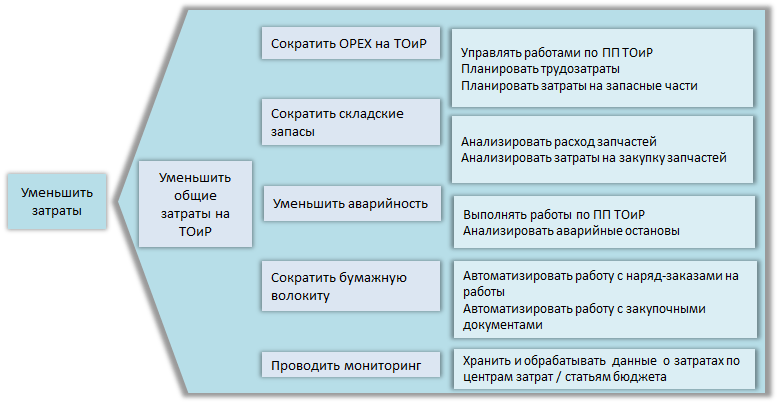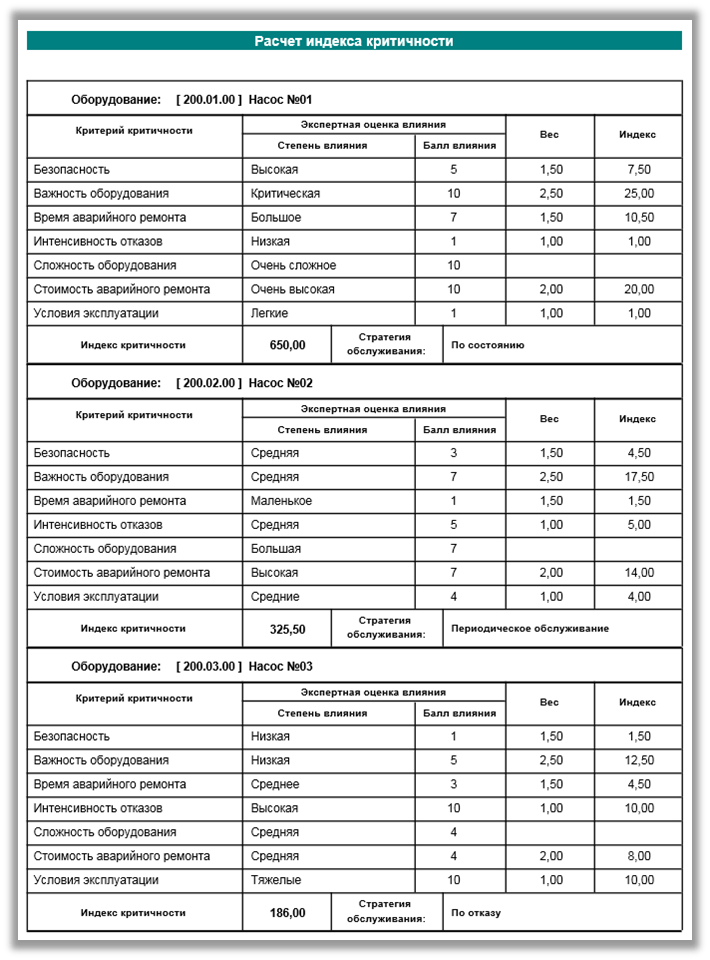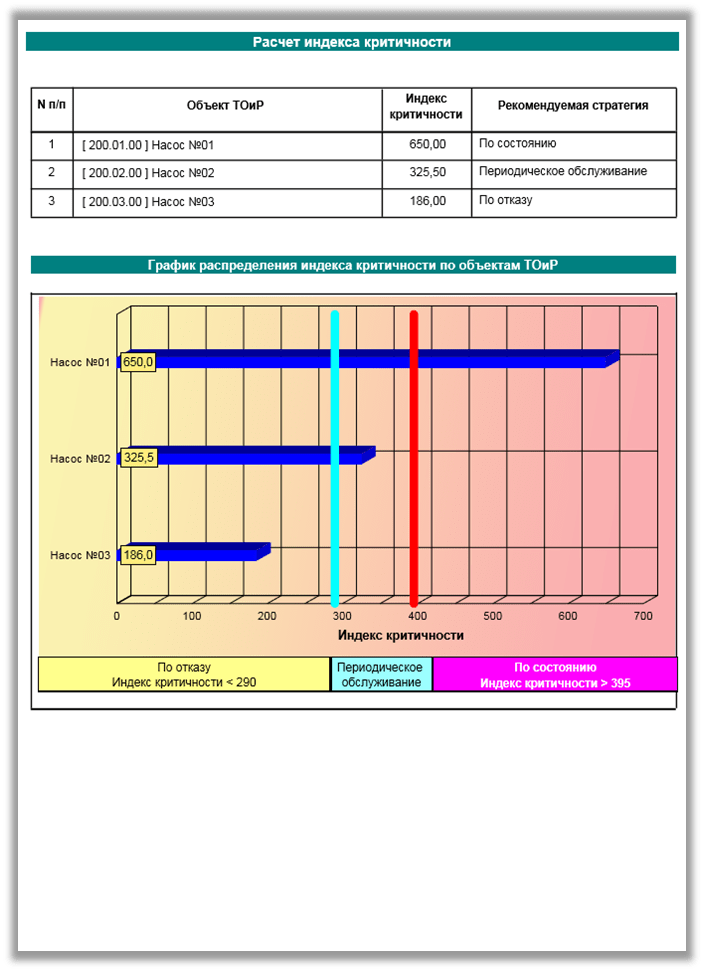Our center conducts the development in the reliability enterprises management systems field.
Over the past decades, there has been significant progress in the asset management standardization, the optimizing asset management models development based on the asset management general principals.
Asset management is an esential part of the overall management organazation and one main achieving the objectives.
Asset management — cordimeted activities of the orginazation ro realize the value of assets. Value is achieved by balancing asset- related costs, risks and perfomance.
In principles the most of asset management outlined in standards series ISO 55000, reflect principles unsed in RCM process — activities of maintenance soused on reliability (NOTO).
Basic standards
Series GOST 27.XXX Reliability in technology.
GOST R 51901 series.XX risk Management.
Series IEC 60300-Dependability management XX
- IEC 60300-2 Dependability management. Dependability program elements. (GOST R 51901.3 reliability management manual)
- 60300-3-1 IEC Dependability management. Guide on methodology. (GOST R 27.301)
- IEC 60300-3-3 Dependability management. LCC.
- 60300-3-11 IEC Dependability management. RCM. (GOST R 27.606 maintenance focused on reliability)
- 60300-3-14 IEC Dependability management. Maintenance and maintenance support. (GOST R 27.601 Maintenance and its provision)
- IEC 60812 FMEA. (GOST 27.310; GOST R 51901.12; GOST R 51814.2)
ISO 55000 Asset management series.
Series GOST R 55.00 asset management.
When evaluating performance, system requirements and performance indicators are usually separated based on their use by managers at different levels in evaluating different activities.
Some indicators are used in the strategic management of the enterprise, they show the success of the business as a whole, development trends, etc. This is the so-called level of corporate performance. It is also possible to distinguish the levels of financial (show the cost of achieving the desired result), tactical (show the effectiveness of various tactics and techniques used to achieve goals), functional indicators (show the state of objects that ensure the performance of the production system).




